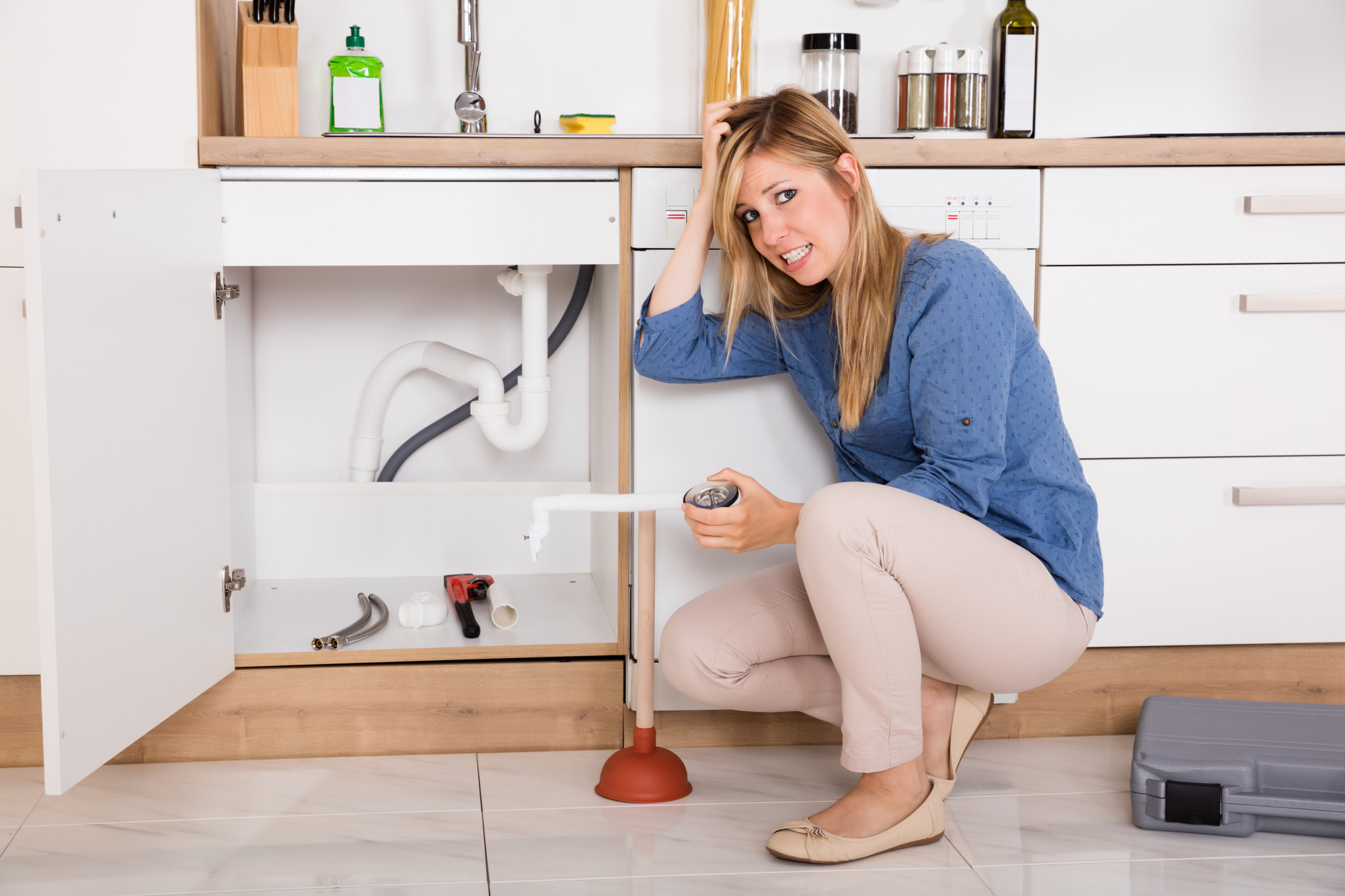You won’t be surprised to learn that plumbers have knowledge about your home’s plumbing they really don’t want to keep secret. When it comes to house plumbing, though, there is a lot to know. We’ll give you a start.
Your home plumbing system is a complex network of pipes, valves, and other hardware. When a problem occurs, you aren’t always sure what to do about it–or even what the problem is.
If you read what’s in this article, you might be able to save a little money on plumbing service. At the very least, you will demonstrate more savvy the next time you talk with a plumber.
Table of Contents
House Plumbing Basics
Once you understand the fundamentals of a house plumbing system and which pipes serve which functions, you’re on your way to an informed conversation with a plumber–which could be essential to your home’s future plumbing configuration.
Plumbing Systems
Your home has two main plumbing systems: supply, which brings fresh, sanitary water in, and drainage, which takes waste water out. It is important to know that the two never cross paths. Gas lines comprise a third home plumbing system.
Plumbing systems can differ somewhat based on what type of system your home has: the main distinction is a sewer-connected system or a septic system.
Pipes
The following are the main plumbing pipes in use today.
Pipes used to carry fresh water into your home:
- PEX (cross-linked polyethylene): a color-coded plastic pipe that is both rigid and flexible, allowing it to be easily threaded through the walls.
- PVC (polyvinyl chloride): a hard plastic pipe, recognizable by its white color, that must be cut with a saw and glued together to join.
- Rigid copper: A pipe seen in many homes today, it must be cut and soldered to join. A benefit of copper pipe is that it can be recycled easily.
- Stainless steel: Has many applications (but is costly). This piping resists corrosion, is seamless, and can withstand pressure.
Pipes that carry waste water from your home:
- ABS (acrylonitrile butadiene styrene): a pipe used for venting and draining (“grey water”), it is stronger than PVC, good for underground use outdoors, and works well in the cold. It can deform, though.
- Older homes might contain pipes made of galvanized steel and/or cast iron. These too are used as drain pipes (including the “stack” or main drain pipe)–to sewers as well as septic tanks.
Pipes connecting other pipes to various fixtures (e.g., the water heater) include:
- Flexible copper
- Brass
Now that you know the different types of piping material, try walking through your basement to see which of these types are there. Also take a look at their condition so you can discuss that the next time your plumber comes to the house.
The Final Connections
We’ve hardly told you all there is to know about house plumbing in this short article, but it’s a start. If you’re still interested, you should look into the functions of the various fixtures connected to the plumbing.
You would actually be surprised at how many amateur plumbing fixes you can do with the fixtures–for example, replacing the toilet handle and various other parts inside the tank.
A lot of plumbers are happy to chat with you while they work, so if you’re curious, why not ask them about what they’re doing. And look at the rest of our blog too. It’s filled with information about various home professionals and their work.















